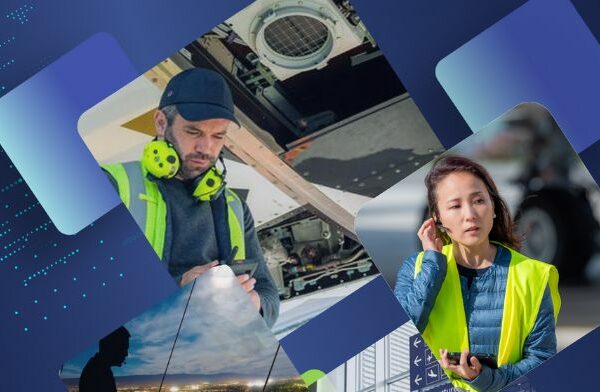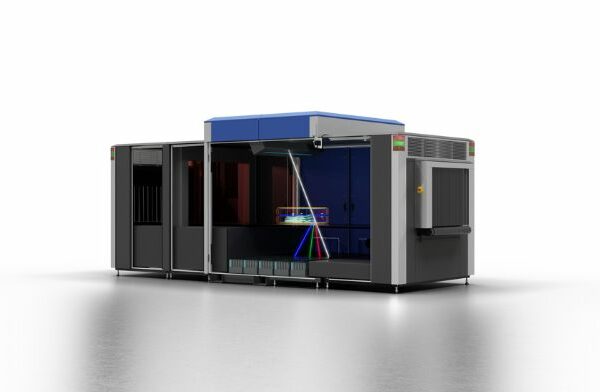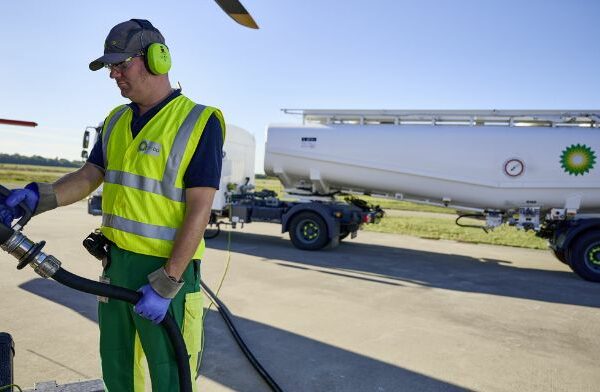Setting the scene for this year’s SITA EURO IT summit, Sergio Colella, SITA’s president Europe opened the discussion stating that “the customer is ultimately the most important factor in air transport.”
The role of IT in improving the passenger journey is the underlying theme at this year’s summit, which is taking place in Lisbon until Wednesday 6 November. In keeping with this theme, SITA’s 2019 Air Transport IT Insights report (published on Tuesday 5 November) revealed that airlines and airports are now beginning to enjoy the benefit of spending a record US$50 billion in 2018 on IT to support improvements to the passenger journey. This investment has resulted in a significant improvement to both the satisfaction levels for passengers and the average processing time.
Airport IT spend grew to 6% of revenue in 2018, while for airlines total IT spend as a percentage of revenue rose to 4.84%. Projections for 2019 show these investments will continue to grow.
“The good news is that the growing investment in automating the passenger journey means the industry is providing a faster, more pleasant airport experience,” said Matthys Serfontein, SITA president, Air Travel Solutions. ‘This is a real success story for automating the passenger journey particularly at a time when we expect passenger numbers to double over the next 20 years, with physical airport infrastructure struggling to keep pace,” he added.
“Technology is key to alleviating the industry’s capacity crunch and avoiding negative impacts on passengers.”
Airport IT Trends
With airport IT spend in 2018 reaching a new high, Christelle Laverriere, head of SITA Insights highlighted that among the emerging technology investments for airports Business Intelligence (BI) and biometrics for ID management are two of the top technology trends, while the top airport investment priorities are cybersecurity, cloud services, BI, common use infrastructure and self-service processes.
The growth of investment in automating the passenger journey is key and with airports facing the challenge of ever increasing passenger numbers, the vast majority of airports are leveraging BI to improve passenger processing. Meanwhile the next few years will see biometrics move out of small scale experimentation and into the mainstream and in the meantime airports are turning their attention to further reducing passenger frustration by providing personalised communications over mobile devices, including wait time alerts.
Going forward priorities for IT investment in the airport sector are cybersecurity initiatives with 84% of airports having major plans in place for cybersecurity and a further 11% running a pilot. Cloud services and BI are also important focus areas with 88% of airports planning major programmes for cloud services and 87% for BI by 2022. Common use infrastructure and self-service processes also scored highly as focus areas for IT investment by airports.
In terms of investment for ID management, airports are continuing to explore solutions that facilitate secure passenger flow. The most common area for this is self-check in with 88% implementation now and by the end of 2022. SITA’s report also revealed that 61% of airports have plans for self-boarding gates using biometrics – with ID documentation by 2022. And 59% of airpots are planning identity management solutions to access lounges by 2022.
Personalised mobile services are also on the rise and key for the digital transformation of airports with notifications about flight status to mobile devices proving popular among passengers. The next most common feature among airports for their passenger mobile services are notifications about airport status and location-based services.
CIO priorities for technologies
Airports have strong investment plans for emerging technology. Investment in Artificial intelligence (AI) is an important area with the deployment of major programmes by airports reaching 29% by 2022 up from 9% in 2018. The main objective is to improve the passenger experience with the primary area where it is applied in airports being predictive analytics, as well as virtual agents and chatbots.
Serfontein underlined that “AI has the ability in terms of digital trends to be able to duplicate an operational environment and simulate potential conditions.”
However he warned airports and airlines need to be better at sharing data. This is true across all aspects of the industry he said as he highlighted that: “Airlines and airports must work together. Huge benefits come from collaboration.”
Another area of interest is biometric ID management with 85% of airports investing in solutions. The challenge with using biometrics to create a more seamless journey is of course around data privacy and protection. Serfontein agreed saying: “Common standards need to be set to give passengers the confidence that their image will be safeguarded. We need governments across borders to standardise regulations.”
What’s more, panelists concluded that it’s becoming clear that an increasing number of passengers are coming round to the idea that using biometrics within the airport environment has a time-saving advantage that outweighs their concerns over an image of their face being captured.





